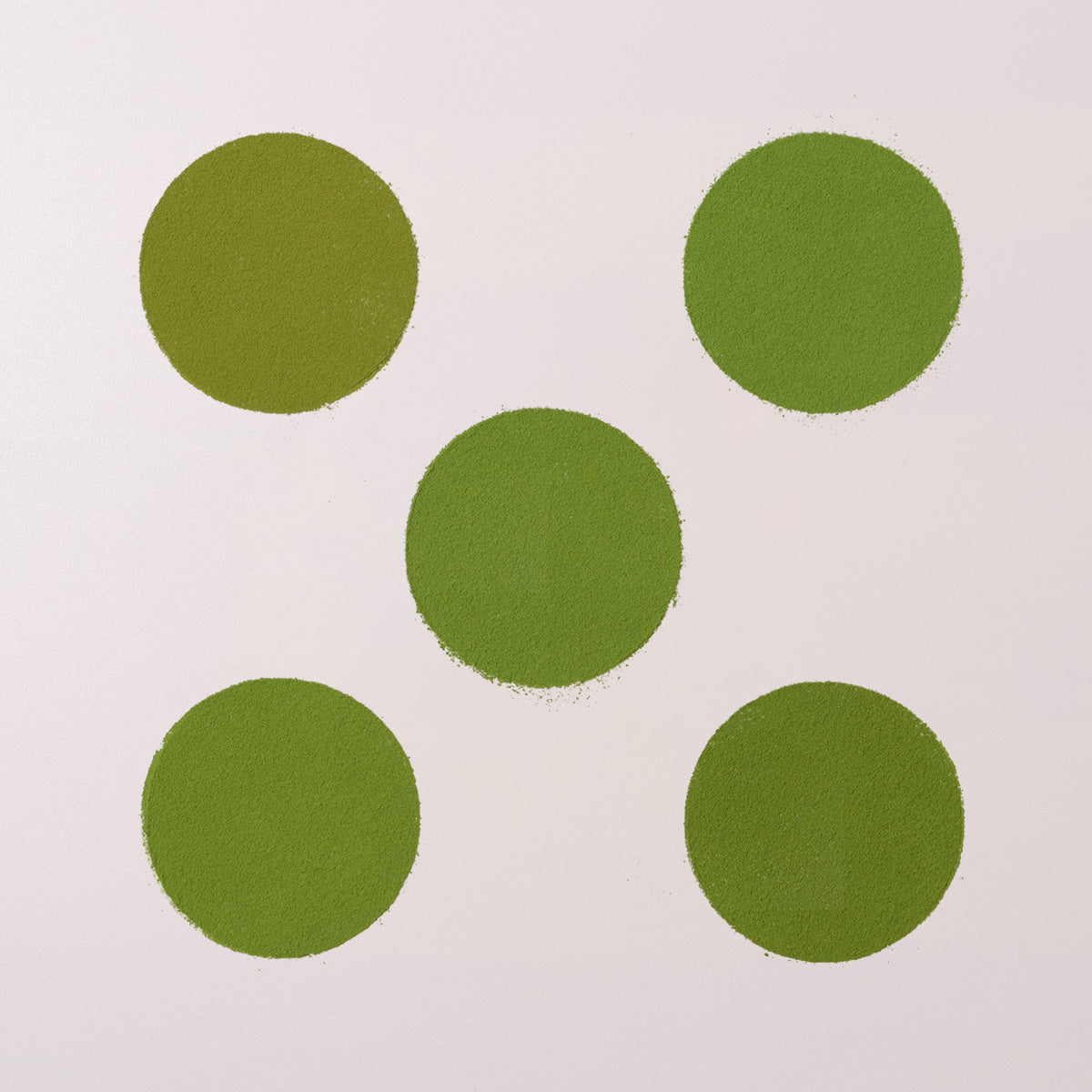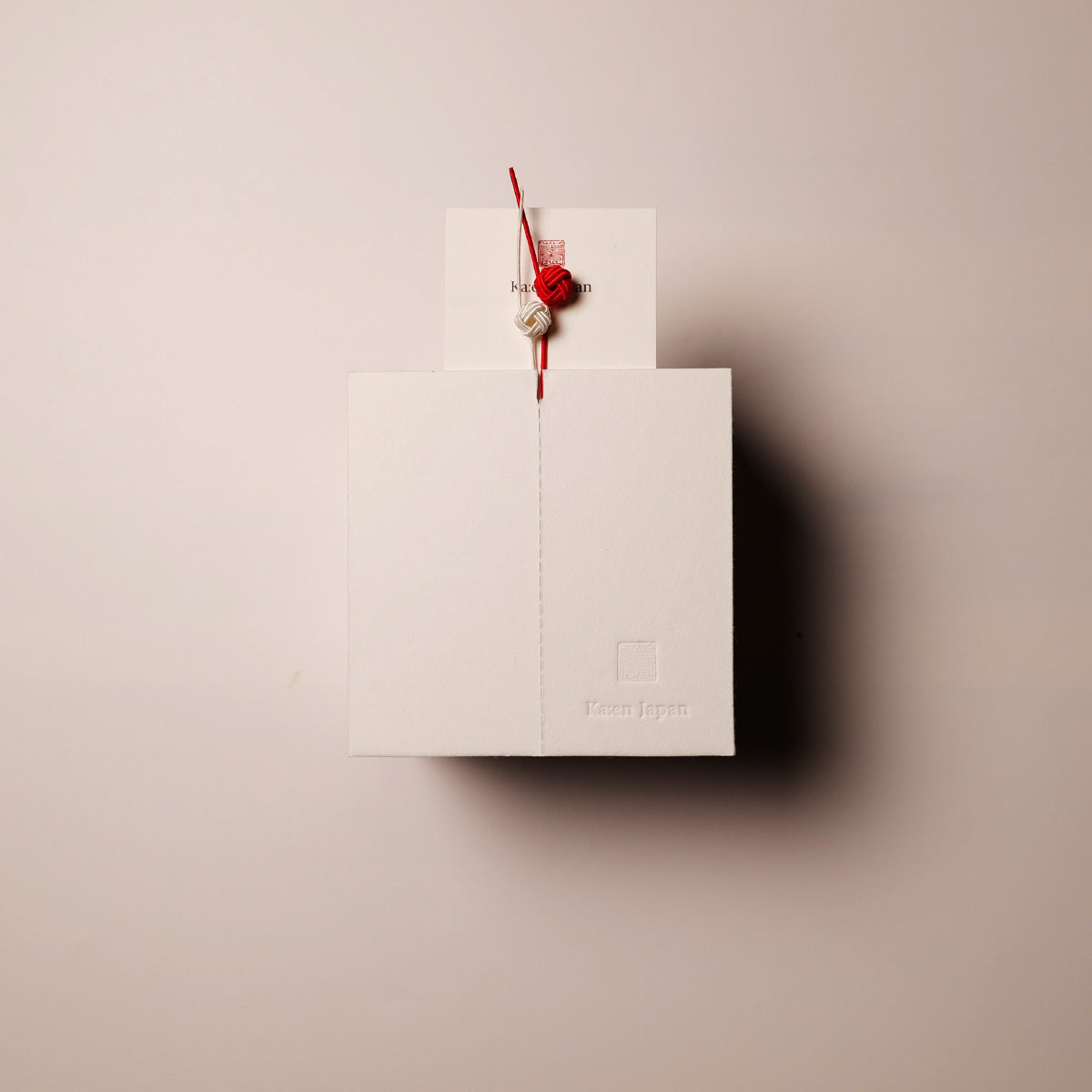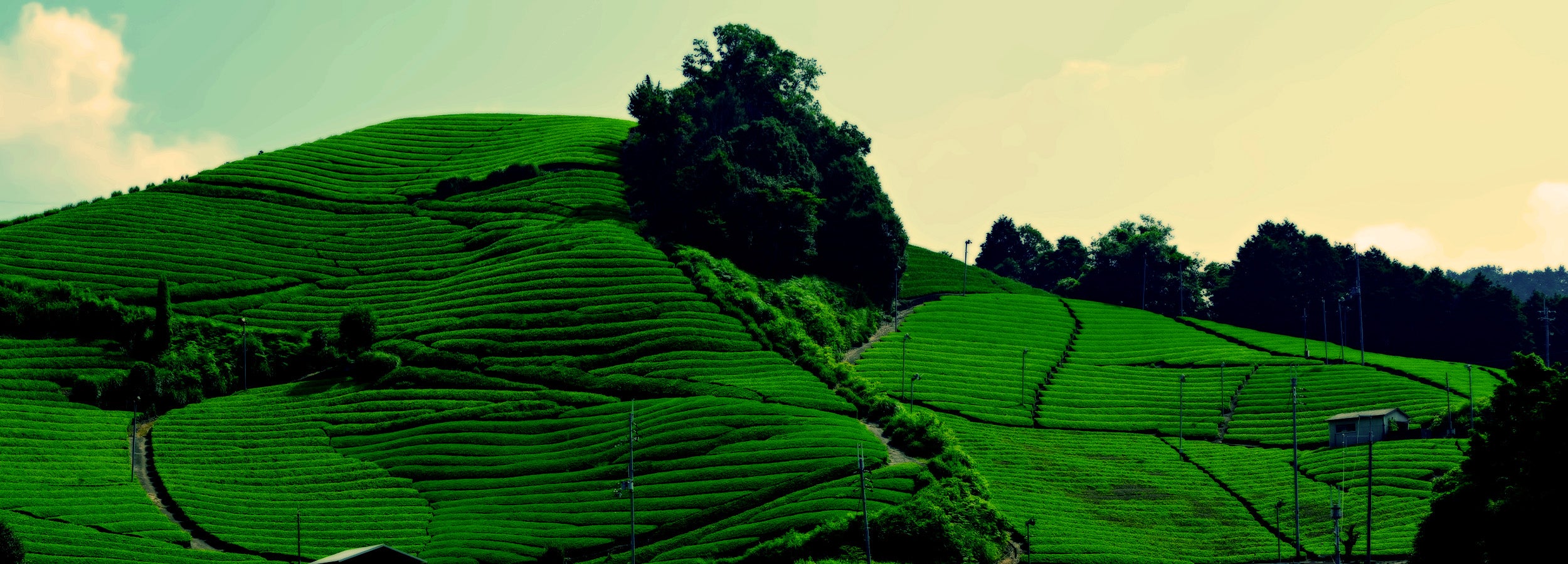Explor
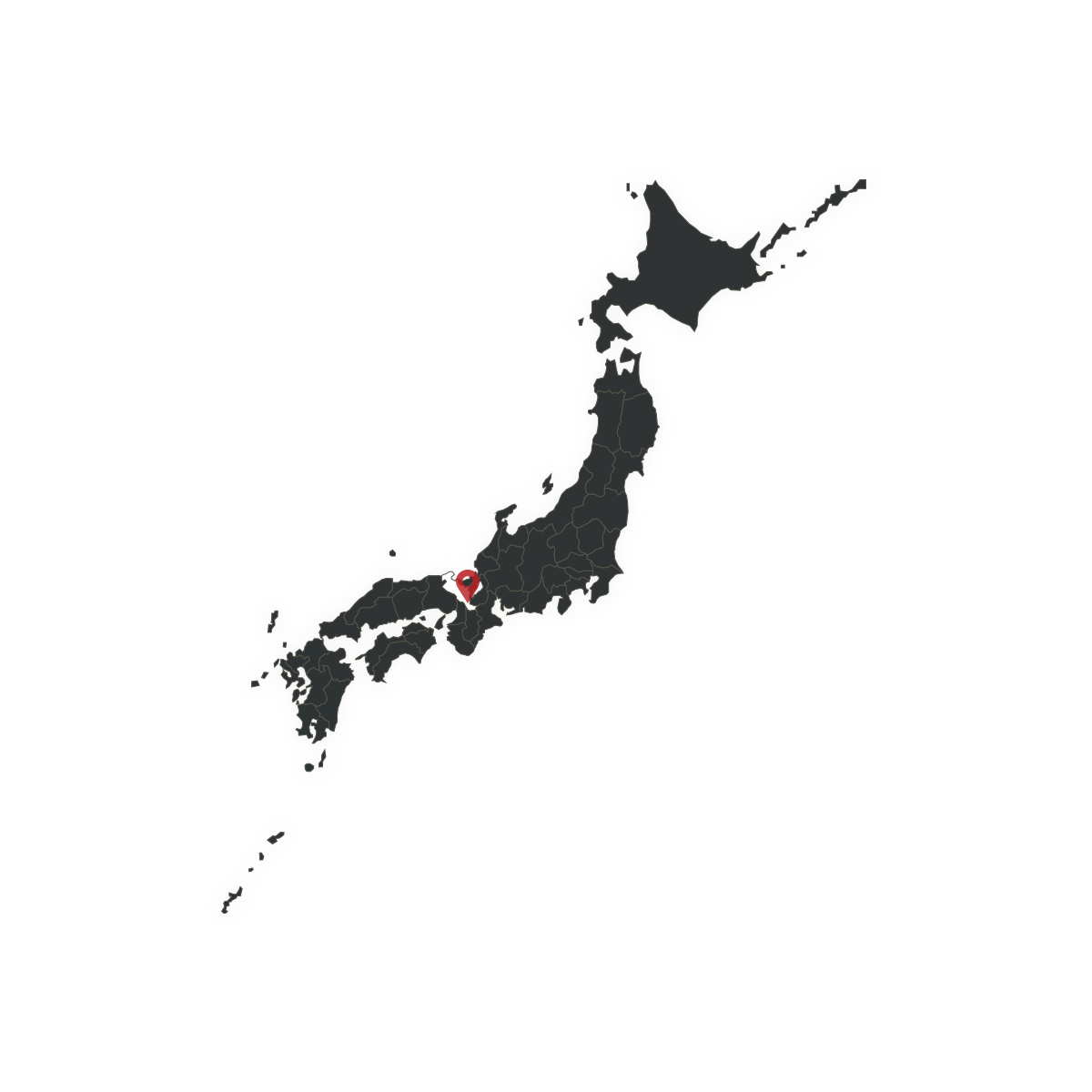
Tea plantations in Uji
Kyoto is a popular tourist destination with historic buildings galore. Uji, located in southern Kyoto, has the oldest history related to Japanese tea and is a world-renowned tea-producing region of luxury matcha and gyokuro.
This region receives high amounts of precipitation — 6.5 feet per year — and most plantations are located on alluvial fans. The plentiful rainwater flowing from the Uji River moves through well-drained soil on a gentle slope to grow tea leaves with a rich aroma.
The area is surrounded by mountains with elevations of around 1,000 feet. Temperature differences between day and night produce fog that protects tea leaves from frost and cultivates supple tea leaves with the ideal amount of sunshine. The refined astringency and rich sweetness are flavors exclusive to Uji.
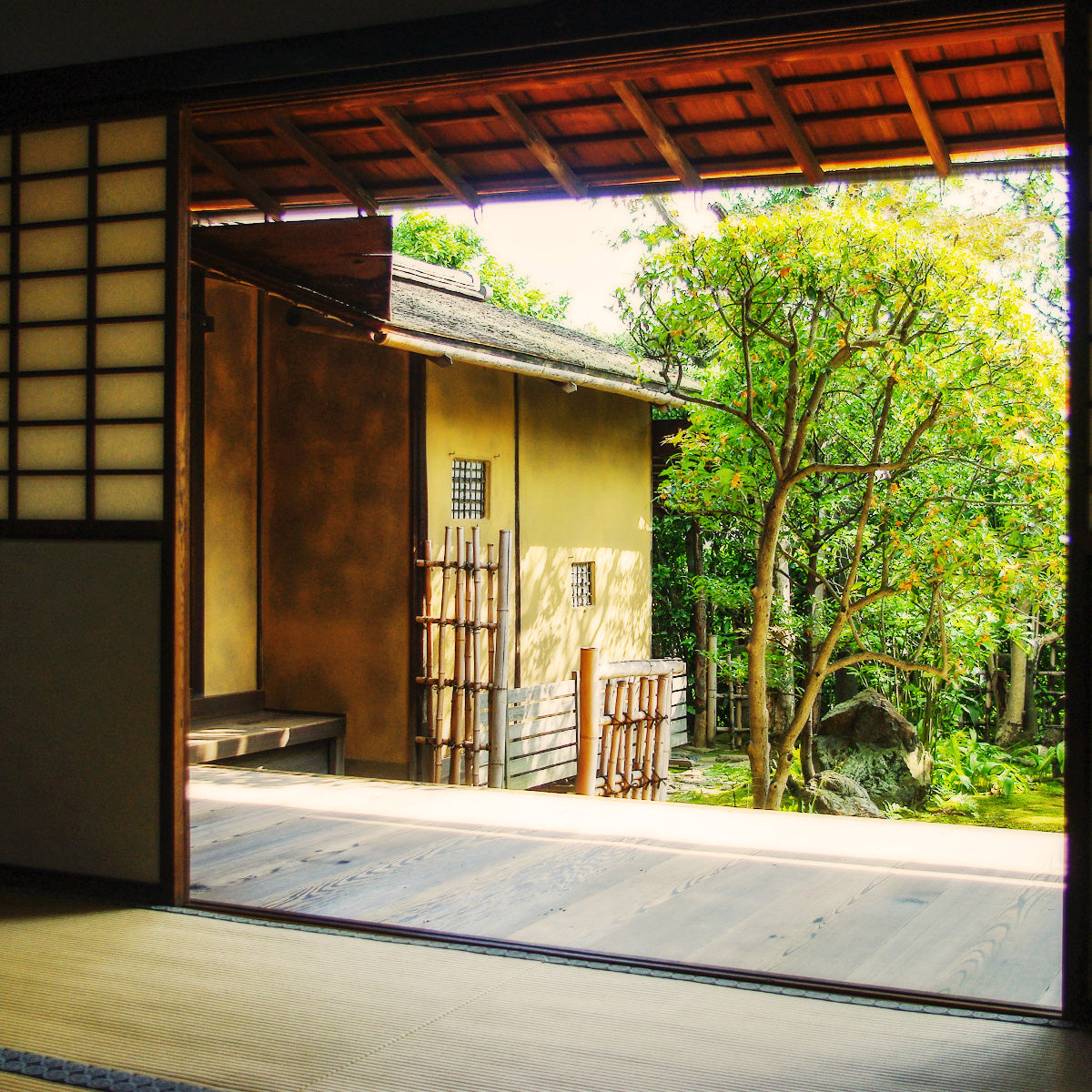
The origin of Japanese tea
The history of Uji-cha traces back to almost 800 years ago, the year of 1191, when Eisai, a Zen monk in Japan, brought seeds of tea leaves from China to Japan.
The Uji region, with its land and climate suitable for tea cultivation, began to grow tea leaves on a major scale. As a result, the region gained esteem as one of the most famous areas for producing high-end tea leaves.
This area of Japan is also the birthplace of the concept, wabi-sabi, which SEN no Rikyu cherished. It cannot be a coincidence that the foundation of the Japanese tea culture was established here. Everything about Japanese tea was born here.
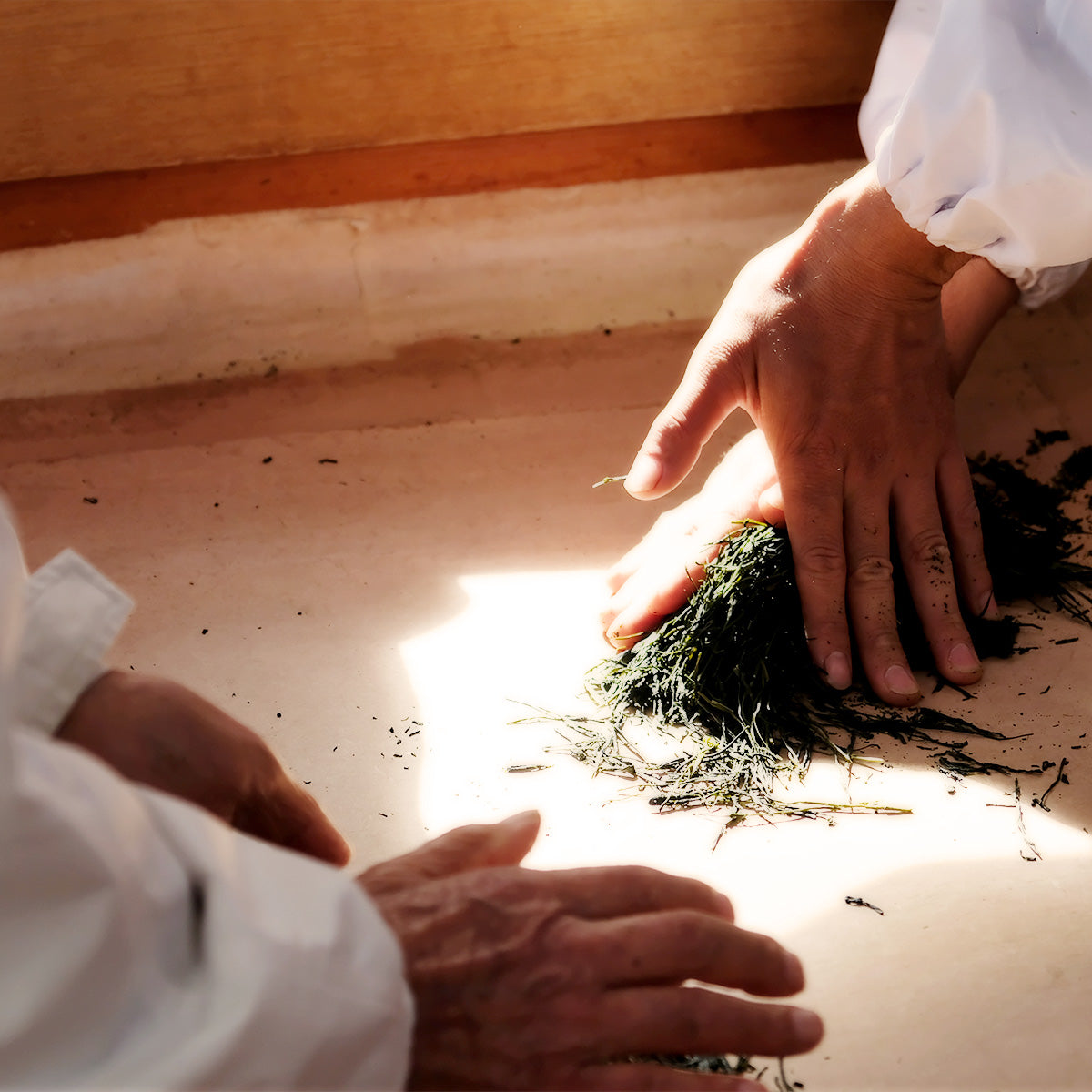
The tea garden producing premium tea leaves from Japan
The terroir of the Uji region is conditioned perfectly in regards to the precipitation and average temperature per year and the difference of temperatures of day and night. The climate makes the color of the tea more beautiful, and the taste distinctive with subtle sweetness and polished bitterness.
This region is one of the most historical tea gardens in Japan, and there are many people who are preserving and studying the architecture, the manufacturing procedures and the tradition related to Japanese tea. That’s why this region is esteemed as one of the most prestigious areas producing tea leaves in Japan.
Also, the Uji region has its unique brands, like “Uji-midori,” “Gokou” and “Asahi.” So, you will find a new taste you’ve never experienced here.
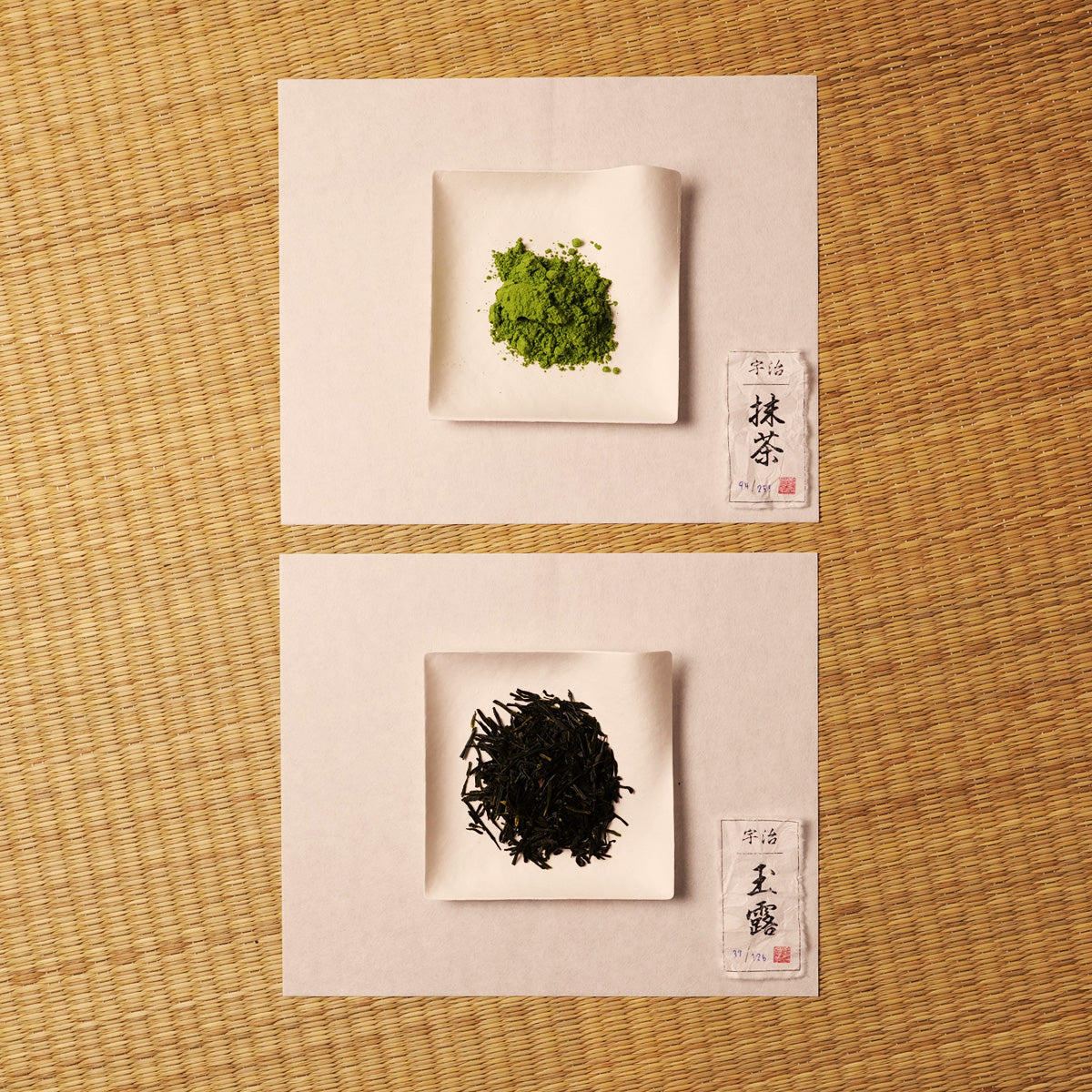
The supernaculum gyokuro and the ultimate matcha
Gyokuro and matcha of its greatest kind are the specialties of Uji, Kyoto.
Most kinds of Japanese tea leaves are developed in this region, so you will not be disappointed with any of them. However, gyokuro and matcha are above and beyond them, almost up to the culmination.
Particularly, the thick matcha (Koicha) is unrivaled. Its refined sweetness and umami cannot be anticipated by merely observing the vivid, dark color of the tea. In this case, seeing can be deceiving—only tasting is believing.
